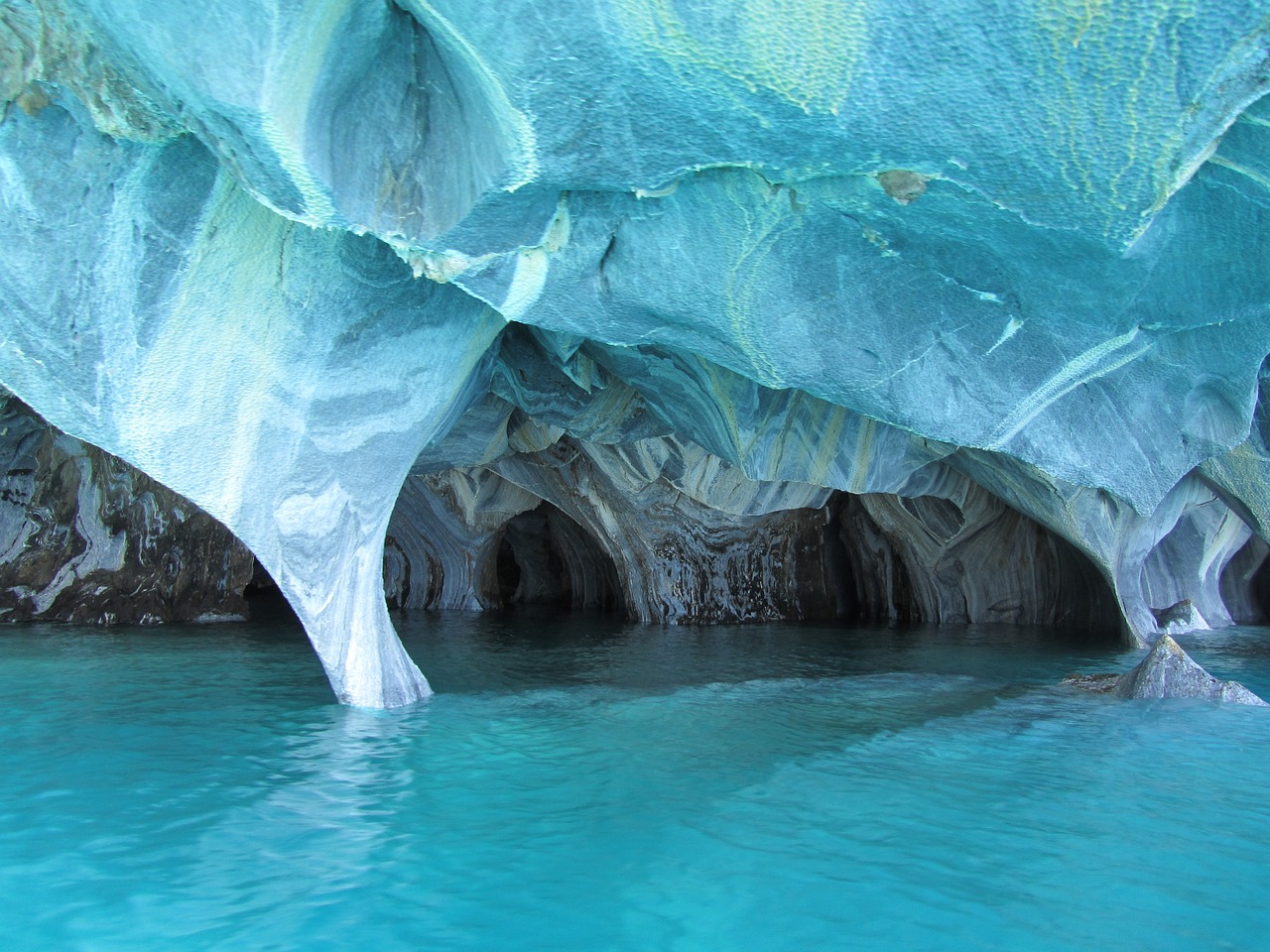Inputs by Paridhi Agarwal
What do we normally do if we want to be tourists?
We book tickets to reach the place, we book stay, then we go around and see the sights. We might also do some shopping.
What is extreme tourism? How is it different from regular tourism?
The term “Extreme tourism” is used to describe experiences that involve travelling to dangerous places like forests, mountains, oceans, caves, canyons, and even space or participating in dangerous activities like extreme sports.
These experiences, mostly done for the excitement caused by the risk involved, are very costly and affordable only for wealthy people.
So, what is it that is attracting the wealthy people to the world of extreme tourism?
Let’s look at some examples and the risks and rewards of extreme tourism.
Risks and Rewards
Most people do these activities for the adrenaline rush that comes with it. During these tours, people get to have a unique experience like seeing the titanic wreckage up close. This gives them a feeling of happiness and excitement.
Adrenaline rush: Feeling of excitement caused by the release of a chemical called adrenaline in the human body.
The other reason extreme tourism is popular is that it is unique. All of us look for experiences that make us stand out. Extreme Tourism provides such experiences.
Extreme tourism, however, cannot be undertaken by everyone. It carries high risks, including the possibility of injury or even death. The participants are thus advised by the organizers to assess the potential risks of an activity before doing it. While fitness levels are important for activities like skydiving, trekking, mountain climbing; choosing a safe tour operator and being prepared for the challenges is also important.
Types and examples of extreme tourism
Some authors classify extreme tourism into water tourism (involving activities like diving, surfing), surface type tourism (mountaineering, bungee jumping, cave exploration), and air type tourism (like skydiving).
Some of the popular forms of extreme tourism include:
Submarine: Last month, we became aware of a submersible vehicle that lost contact and imploded while on its way to the ruins of the Titanic. This submersible vehicle carried five ultra-rich tourists.
Caving – Caving is an extreme sport of exploring caves systems. It is also known with other names like spelunking and potholing.

Bungee Jumping – Bungee jumping is a sport that involves a person with a long nylon rubber band around their ankles jumping from a tall structure overlooking beautiful views.

Deep sea diving – Diving into the ocean beyond the limit of 40 metres prescribed for scuba diving. Professional Association of Diving Instructors (PADI) provides special training for this.

Space tourism – Being popularised by companies like Virgin Galactic, this involves human beings travelling into space purely for enjoyment.
Storm chasing – Some people including scientists follow and try to experience extreme weather conditions like tornadoes up close to feel the force of nature.

Mountaineering – Mountaineering needs special training that lasts months and incredible physical stamina. However, with tools like special suits and oxygen cans, its is becoming less training-dependent and people with lesser endurance are also able to explore the high mountains.
Climbing world’s highest mountain peaks like Mount Everest is gradually becoming a tourism operation as more and more people are taking on this challenge for the thrill of it. This has led to situations like traffic jam on the Everest Summit and plastic pollution even on the world’s highest mountain.

Is Extreme Tourism the same as Adventure Tourism?
No. Adventure activities, when done with proper safeguards, training, and an accompanying person, are safe. They do lead to an adrenaline rush, but do not carry the risk of human injury or death by means beyond human control.
Extreme Tourism has activities that interfere with extreme natural phenomenae that cannot be completely controlled by humans.
For a well-trained mountaineer, climbing a peak is not extreme tourism. But for an untrained person, it is. Likewise, for a trained astronaut, a space trip is part of their work/research. But when people hire a spaceship with minimal training, it crosses over into extreme tourism.

